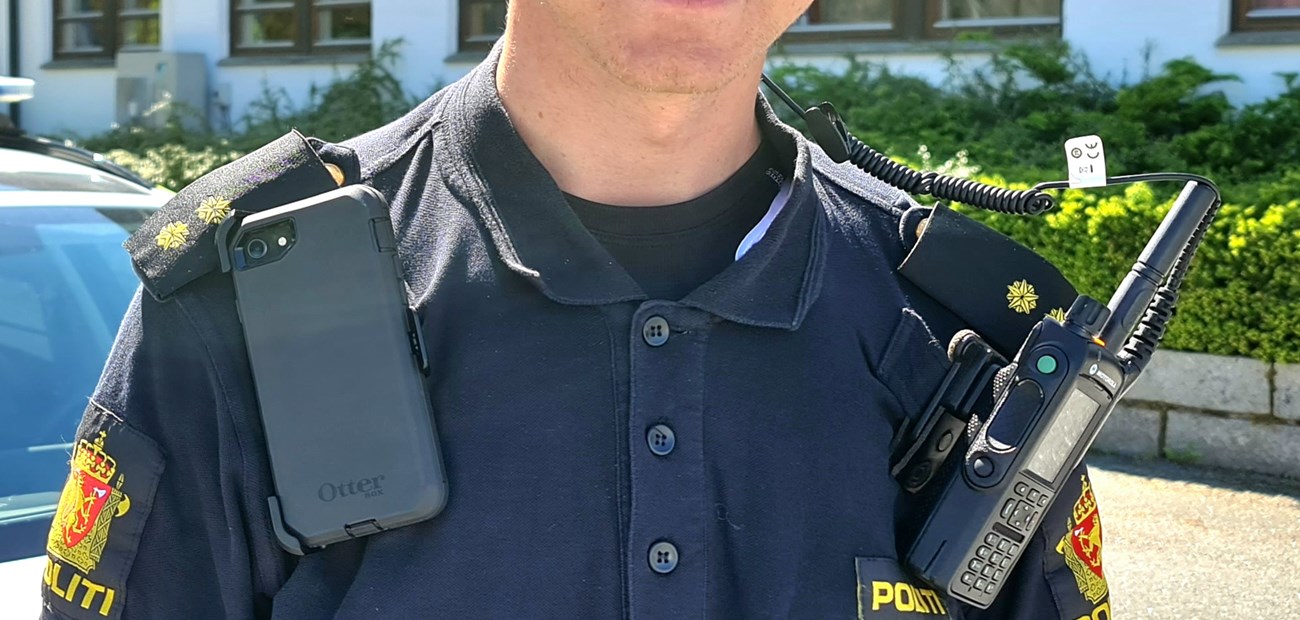Nødnett in Broadband Systems

Norway is preparing to move Nødnett from the current narrowband TETRA technology to a solution based on commercial mobile broadband networks.
It has been decided to replace the current TETRA-based Nødnett with a new solution for emergency and preparedness communication, provisionally referred to as the "new Nødnett". The new Nødnett shall support the forms of communication that are critical for users in the current Nødnett but must also offer new communication methods that broadband technologies such as MCX make possible. The MCX services will be based on the 3GPP specifications and include both MCPTT, MCVideo and MCData.
The new Nødnett will combine state ownership and service procurements from commercial mobile operators. Radio coverage and core network will be provided by one or more commercial mobile operators, while the MCX system will be managed directly by DSB on behalf of the Norwegian Government. It is further assumed that DSB will be the service provider that delivers MCX services to the end users.
The goal is to have all users on board the new Nødnett and off the TETRA network around 2030.
As part of our preparations for the procurement of the new solution the Norwegian Directorate for Civil Protection (DSB) has invited market actors such as MCX system providers, system integrators, software developers, equipment manufacturers, mobile operators and other service providers etc., to give their input regarding a possible solution for the provision of MCX services in the new Nødnett.
PPDR network operators in the Nordic countries have ongoing projects for planning, implementing, and launching next-generation PPDR networks based on LTE/5G with MCX services, which will replace the current TETRA networks. NCCOM (Nordic Critical Communication Operators Meeting) has conducted an overview of the most important requirements for PPDR rugged handheld devices for heavy use, as an addition to functionality in the commercial devices.